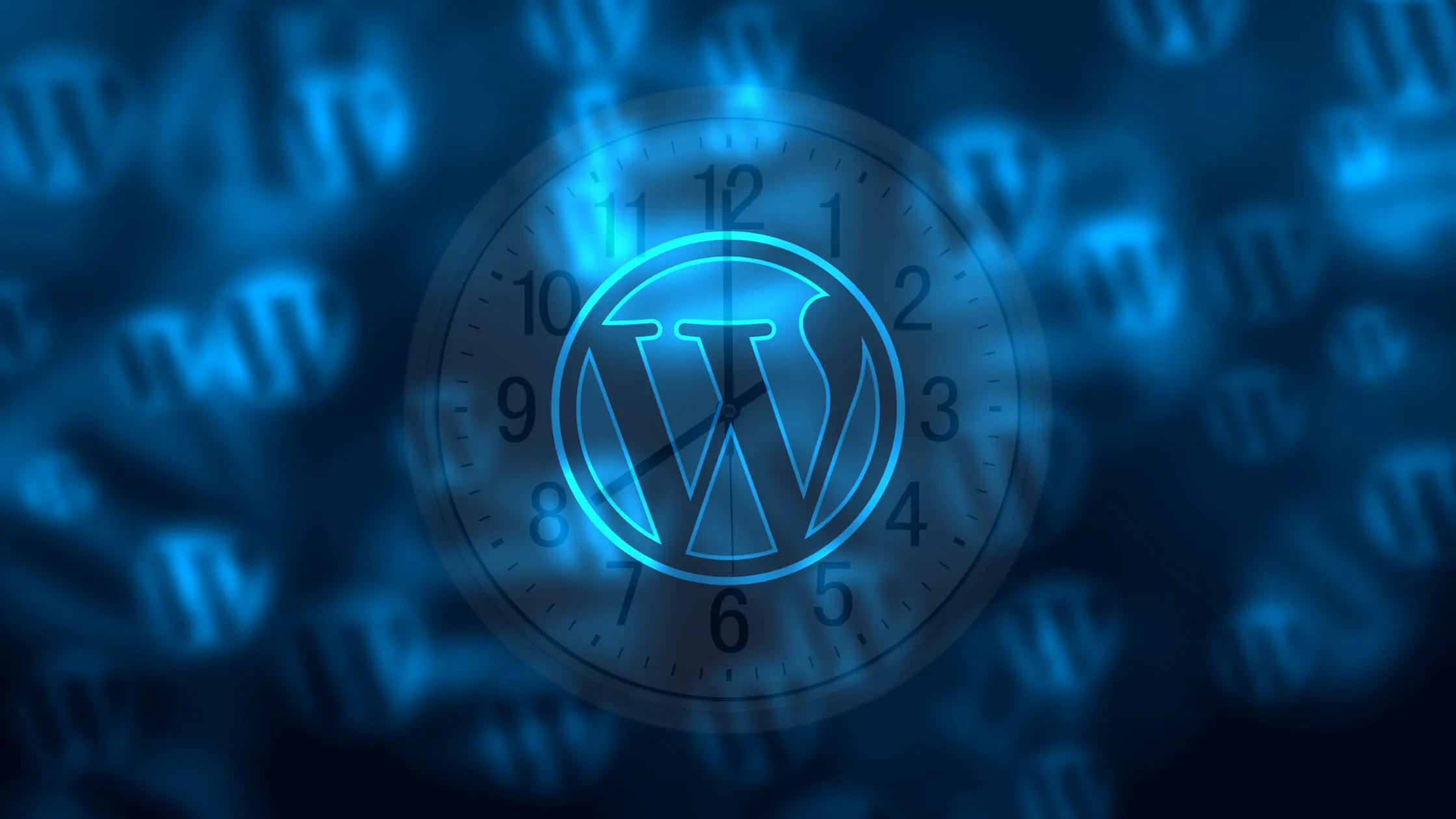How to Speed Up Your WordPress Site - Reduce Bounce Rates - Increase Conversions
By Bruce Klaic Monday, February 21, 2022

If your website is loading slowly, you're losing money. A recent study by Google showed that as many as 53% of mobile users will leave a website that takes more than three seconds to load. That's a huge chunk of your potential customers! In this blog post, we'll discuss some tips on how to speed up your WordPress website and reduce bounce rates. We'll also take a look at some tools and plugins that can help you achieve this goal.
First things first,
How fast is your site?
You will want to look at it from two perspectives, Mobile and Desktop. As 54.4 per cent of all internet traffic is from a mobile device it is sound advice to make your website mobile-friendly.
You can use Google's PageSpeed Insights to get an overview of how well your website is performing. This tool will also provide you with some advice on how to improve the speed and usability of your website ttps://pagespeed.web.dev/
Once you know this, you will have a better understanding of
HOW TO SPEED UP YOUR SITE
Reduce Image Sizes by compressing images
One of the best ways to speed up your website is to reduce the size of your image files. Many people don't realise that large images can slow down a website significantly. You can use a tool like TinyPNG to compress your images, which will reduce their file size without affecting their quality.
Use Caching to deliver your pages faster
Another way to speed up your website is to use a caching plugin. A caching plugin creates static copies of your pages and stores them on your server. This means that when someone visits your website, they'll be served a copy of the page from cache instead of having to generate it each time. This can dramatically improve the speed of your website. Some popular caching plugins include WP Super Cache and WPLift's own Cache Enabler plugin.
Minimize the number of requests to your server
Another thing to keep in mind is that you should minimise the number of requests your website makes to the server. This means combining all of your scripts and styles into one file and using as few fonts and images as possible. You can use a tool like Minify or Autoptimize to combine all of your scripts into one file.
Use A Video Host
Do you have videos on your site? This can be a great way to provide value and information, but if you are uploading them directly to your website this can add significant weight to your page. Consider hosting videos on YouTube or Vimeo instead of uploading them directly to your website. This will reduce the bandwidth usage on your web hosting account and speed up the loading time of your web pages.
Enable Gzip Compression to decrease the weight of your page
Gzip compression is a process that can reduce the size of web pages and assets by up to 70%. This is because it compresses the content using algorithms that are designed to compress text. You can enable Gzip compression on your web server by adding the following code to your .htaccess file:
AddOutputFilterByType DEFLATE text/plain
text/html
application/x-javascript
application/xml
application/json
You can also use a plugin like WP Super Cache or WPLift's own Cache Enabler plugin to enable Gzip compression for you.
These are just a few tips on how to speed up your WordPress website. For more advice on how to optimise your site see our other blogs on Web Development.
Or if you would prefer to have a team of professional of Web developers who are experts at site optimisation, Leave your details below.